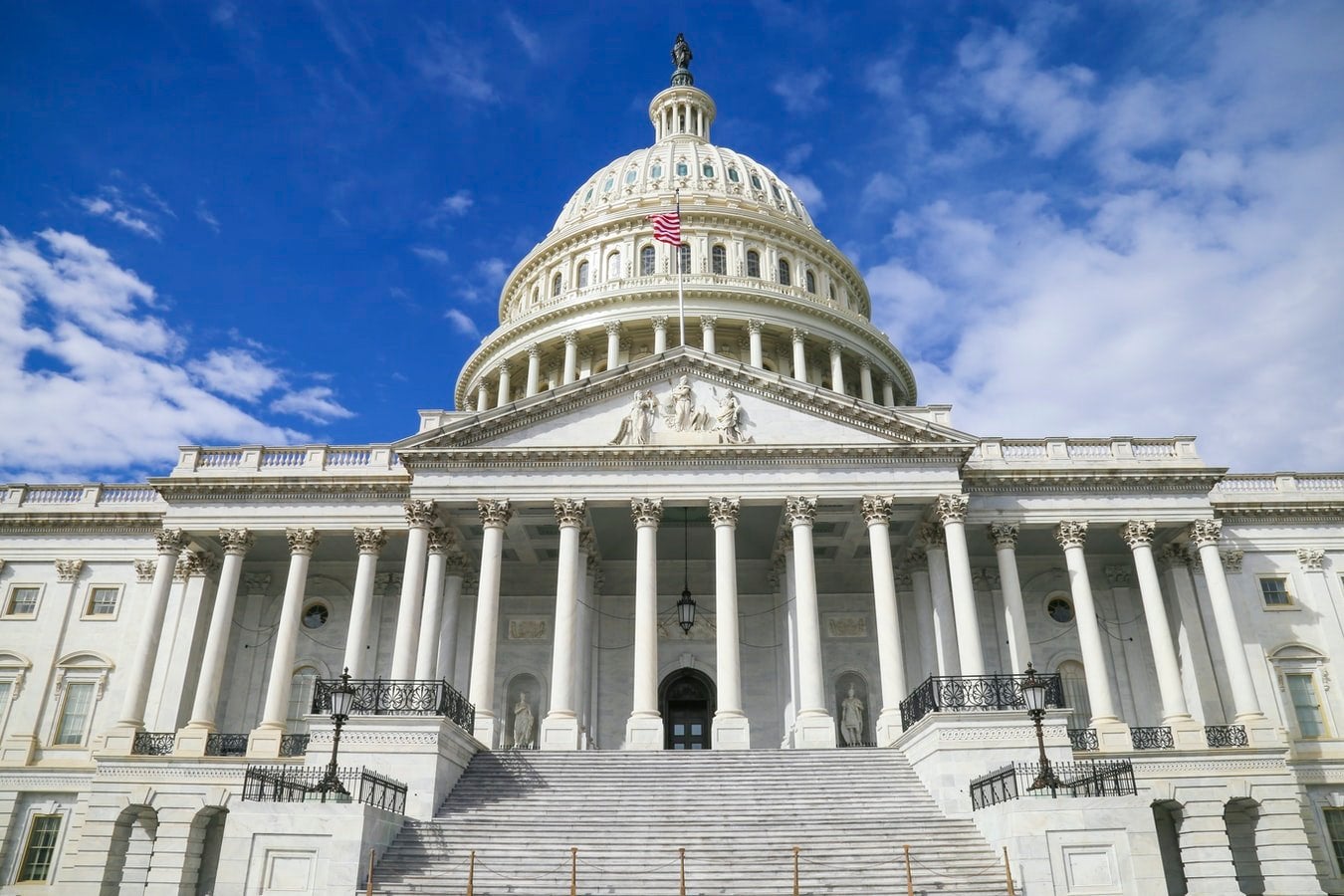Accounting for 18.7% of the United States’ total population, Hispanic people (62.1 million as of 2020) comprise the nation’s largest ethnic group and continue to enrich and redefine America through an array of cultures, traditions and legacies (U.S. Census Bureau). Here are five essential facts regarding this annual celebration that commemorates Hispanic and Latinx communities for their monumental impact on the U.S. and the world.
What is Hispanic Heritage Month?
Hispanic Heritage Month is a time to recognize and honor the extensive histories, rich cultures and diverse backgrounds of Hispanic, Latinx and Latino-identified communities and their influential contributions to the United States and abroad.
According to the official government website, during this month, Americans pay tribute to the “generations of [Hispanic] American citizens whose ancestors came from Spain, Mexico, the Caribbean and Central and South America.”
Notable individuals range from Congresswoman Alexandria Ocasio-Cortez and civil rights activist Sylvia Mendez to artists Jennifer Lopez and Bad Bunny to Academy Award Director Guillermo del Toro, Hamilton creator Lin-Manuel Miranda and writer Sandra Cisneros, all of whom have substantially benefited humanity.
When is Hispanic Heritage Month?
Hispanic Heritage Month occurs mid-month between September 15th – October 15th each year and contains several principal dates and holidays within its 30-day period. Its start date, September 15th, is historically significant as it marks the Independence Date for five Latin American countries: Costa Rica, El Salvador, Guatemala, Honduras and Nicaragua. Additionally, Mexico, Chile, and Belize observe their Independence Day from Spain and the United Kingdom on September 16th, 18th, and 21st, respectively, while Día de la Raza, or Columbus Day, is held on October 12th.
What is the History of Hispanic Heritage Month?
Initially established as Hispanic Heritage Week under President Lyndon B. Johnson in 1968 as a means of appreciating Hispanic tradition, Congress expanded the observation to a month during Ronald Reagan’s presidency in 1988, enacting it into law on August 17, 1988. A year later, America embraced its first Hispanic Heritage Month.
Which Countries and Organizations are Involved?
According to the U.S. Census Bureau, Hispanic Heritage Month honors “the culture and traditions of those who trace their roots to Spain, Mexico and the Spanish-speaking nations of Central America, South America, and the Caribbean.” This includes nations: Argentina, Bolivia, Chile, Colombia, Costa Rica, Cuba, Dominican Republic, Ecuador, El Salvador, Equatorial Guinea, Guatemala, Honduras, Mexico, Nicaragua, Panama, Paraguay, Peru, Puerto Rico, Spain, Uruguay and Venezuela.
While the terms “Hispanic” and “Latino” have sparked controversy and demand for the celebration to be renamed Latinx Heritage Month – a more universal title that includes indigenous speakers as well as Portuguese-speaking Brazilians, as the phrases are used interchangeably despite having slightly different definitions (Hispanic denotes Spanish-speaking countries and cultures and Latino describes individuals from Latin America, though a person can identify as both) – the month aims to acknowledge the undeniable power, resilience, and achievement of all these peoples who positively shape society in various ways.
In addition to these countries, several governmental institutions also respect Hispanic Heritage Month such as: The Library of Congress, National Gallery of Art, Smithsonian Institution, United States Holocaust Memorial Museum, National Archives and Records Administration, National Endowment for the Humanities and the National Park Service.
How is Hispanic Heritage Month Celebrated?
Typically, Hispanic Heritage Month commemorates the immeasurable impact Hispanic and Latinx communities have on the U.S. through organized concerts, parades, food fairs and art festivals. Families and friends gather to spend time together and share meals, so most of these events are children-friendly, free and occur locally, enabling anyone to partake in the fete.
Each year, the National Council of Hispanic Employment Program Managers (NCHEPM) determines a theme for the spectacle, which, for 2021, is “Esperanza: A Celebration of Hispanic Heritage and Hope.” While this year’s national celebration is held virtually, vaccinated individuals can still show their pride and heritage by hosting small, outdoor gatherings, supporting Latinx-owned businesses, visiting Hispanic exhibits in museums, and taking Latin American dance classes. Additionally, people can read and purchase books by Hispanic authors, learn Spanish and Latinx languages, listen to Spanish podcasts/music, watch Spanish shows and movies such as Elite, Money Heist, In the Heights, play traditional Latinx games, and eat Hispanic cuisine.







